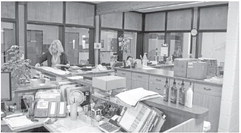Time to go back to drawing board to address high school needs


Last week voters in the Medford Area Public School District soundly defeated a $39.9 million referendum for expansion and renovation of the district’s high school. The no votes o...
